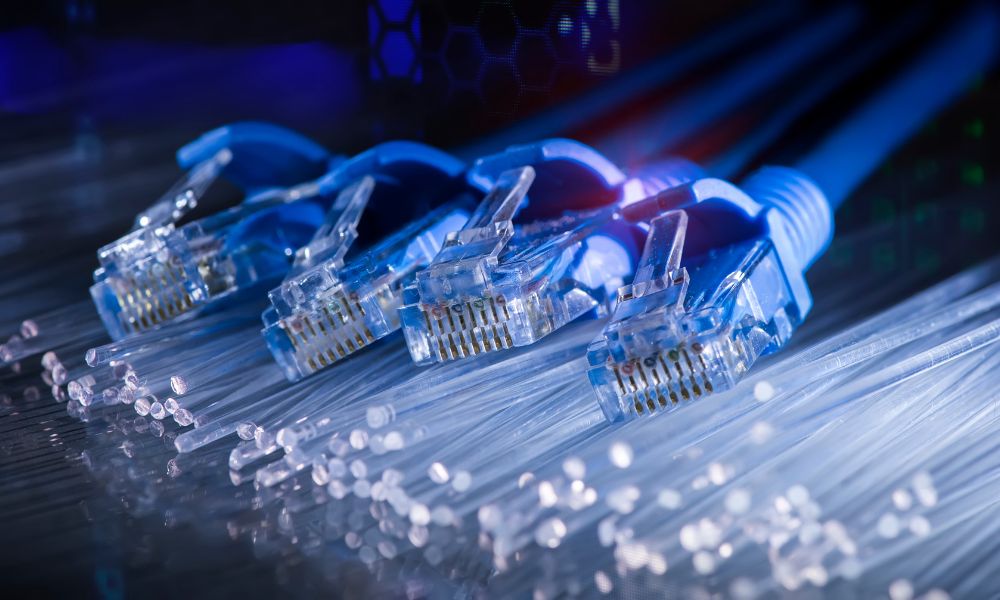
When setting up your business network, one crucial decision you’ll make is which cable to use. Two popular options are Ethernet and fiber optic cables. Both have strengths and weaknesses, making your choice an essential factor in determining the efficiency and functionality of your network. In this post, we’ll discuss the differences between Ethernet and fiber optic cables, outlining their pros and cons so you know which to use.
Table of Contents
ToggleEthernet Cables: Defined
Ethernet cables are common for networking. They consist of several twisted pairs of copper wires, which reduce signal interference. Ethernet cables come in various categories, including Cat5e, Cat6, and Cat6a.
Pros of Ethernet Cables
Ethernet cables are generally cheaper than their fiber optic counterparts. Cost-effectiveness is one reason they’re so popular in networking. They are also flexible, making them relatively easy to install and run through walls or tight spaces. Finally, Ethernet cables are compatible with most network devices, ensuring seamless connections.
Cons of Ethernet Cables
Ethernet cables have a maximum distance of about 100 meters, which makes them inadequate for connecting devices over long distances. Additionally, they run at slower speeds than fiber optic cables, which is an important consideration for businesses requiring quick data transfer.
Fiber Optic Cables: Defined
Fiber optic cables use strands of glass or plastic fibers to transmit data as light signals. There are two main types: single mode (for long distances) and multimode (for short distances).
Pros of Fiber Optic Cables
Fiber optic cables offer higher data transfer rates than Ethernet, making them ideal for applications requiring large bandwidth. They can transmit data over much longer distances than Ethernet cables, making them advantageous for businesses spread across multiple locations or in large buildings. Lastly, fiber optic cables are less susceptible to electromagnetic interference than Ethernet, which is ideal for maintaining data integrity.
Cons of Fiber Optic Cables
Fiber optic cables tend to be more expensive than Ethernet, which may be a significant factor for businesses on a tight budget. They are more delicate than Ethernet cables, making them more prone to damage during installation or from physical stress.
Making Your Decision: Ethernet vs. Fiber Optic
When deciding which to use between Ethernet or fiber optic cables for your business network, consider speed, distance, and cost. If your network requirements are simple and short-range, Ethernet cables may be ideal because of their affordability, compatibility, and easy installation.
If your business demands high-speed data transmission over long distances or in environments with significant electromagnetic interference, fiber optic cables may be better despite their higher cost.
There is no one-size-fits-all answer when choosing between Ethernet and fiber optic cables. Evaluate your business’s needs and consider the pros and cons of each option to make an informed decision that suits your requirements. Whichever choice you make, choose high-quality network cables and hire experienced professionals to hire them and ensure maximum performance and reliability.






